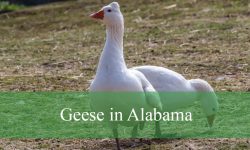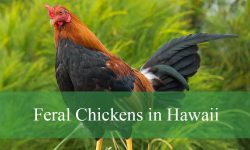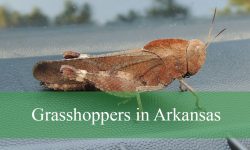Traveling through the forests, plains, and mountain ranges of Texas, it is easy to hear the resonant gobble of a wild turkey breaking the quiet of the countryside. These impressive birds are symbols of North America and an important part of Texas’ natural heritage.
Texas is home to three distinct subspecies of wild turkeys: the Eastern Wild Turkey, the Rio Grande Wild Turkey, and the Merriam’s Wild Turkey. Each thrives in a specific part of the state, adapted to local environments that range from humid forests to arid grasslands.
In this detailed guide, we will explore their appearance, behavior, habitats, and key identification features.
Eastern Wild Turkey (Meleagris gallopavo silvestris)
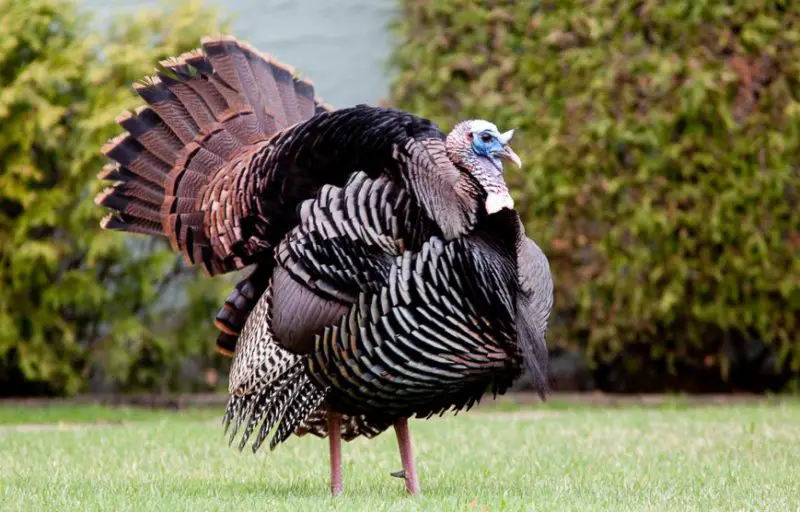
Characteristics and Appearance
The Eastern Wild Turkey is the largest and darkest of the three subspecies found in Texas. Its plumage shows a deep bronze and coppery iridescence that glows under sunlight. Males, also called gobblers, typically weigh between 18 and 25 pounds, while females are smaller at about 8 to 12 pounds.
Distinctive features include chestnut-brown tail tips, a long beard on males that can reach up to 10 inches, and thick legs with sharp spurs. The featherless head changes color from blue to red depending on mood and breeding readiness. This subspecies’ dark plumage easily sets it apart from the paler Rio Grande and Merriam’s turkeys.
Habitat and Range in Texas
Eastern Wild Turkeys are found mainly in East Texas, especially in counties such as Angelina, Nacogdoches, Jasper, and Polk. They thrive in bottomland hardwood forests, pine stands, and wooded river systems that provide both cover and foraging areas.
They prefer mature forest regions with a mix of open fields and large trees for roosting. Populations were once nearly lost due to overhunting and habitat destruction, but strong conservation and restocking programs by the Texas Parks and Wildlife Department have restored them successfully. Today, they are a conservation success story across eastern Texas woodlands.
Behavior and Identification Tips
Eastern Wild Turkeys are most active at dawn and dusk. In spring, males can be heard gobbling from tall roost trees as they call to attract females. During the day, they forage for acorns, seeds, insects, and berries, scratching through the leaf litter.
When startled, these turkeys prefer to run but can take off powerfully for short flights. They are identified by their dark plumage, broad body, and chestnut tail band. The best time to observe them is early in the morning when flocks move through the forest edges.
Rio Grande Wild Turkey (Meleagris gallopavo intermedia)
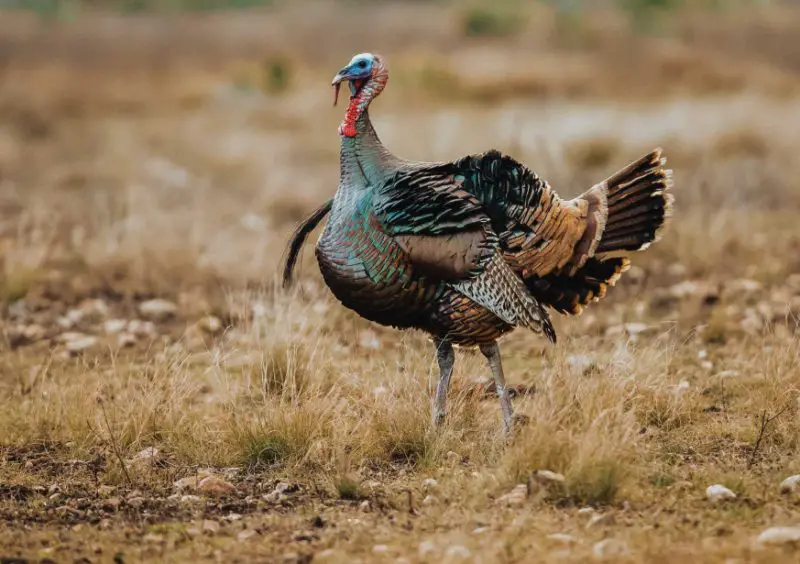
Characteristics and Appearance
The Rio Grande Wild Turkey is the most common and widespread subspecies in Texas. It is slightly smaller than the Eastern type, with males averaging 17 to 20 pounds. Its plumage has a lighter bronze or golden hue with tan tail tips rather than chestnut.
This turkey is built for open terrain, showing longer legs for walking through brush and grasslands. Males often have moderate beards and spurs, and their plumage appears sun-faded compared to the darker tones of the Eastern birds. The golden coloration and longer legs are reliable field marks.
Habitat and Distribution in Texas
Rio Grande Wild Turkeys dominate Central, South, and Western Texas. They are abundant in the Hill Country, Edwards Plateau, and South Texas Plains. They prefer areas with scattered trees, mesquite brush, and open rangelands where they can easily find food and roosting trees.
Unlike the forest-loving Eastern turkey, this subspecies thrives in savannas, riparian corridors, and lightly wooded ranchlands. They roost in tall trees near rivers and creeks and often gather in large flocks outside the breeding season. Their adaptability allows them to maintain strong populations even in semi-arid areas.
Behavior and Identification Tips
Rio Grande turkeys are known for their loud gobbles that carry across long distances in open terrain. During the breeding season, males perform elaborate courtship displays, fanning their tails and puffing up feathers as they strut before the hens.
They feed on grass seeds, acorns, mesquite beans, and insects, adjusting their diet with the seasons. You can identify the Rio Grande Wild Turkey by its lighter plumage, golden tail band, and tall frame. It is the most likely subspecies to be encountered throughout most of Texas.
Merriam’s Wild Turkey (Meleagris gallopavo merriami)
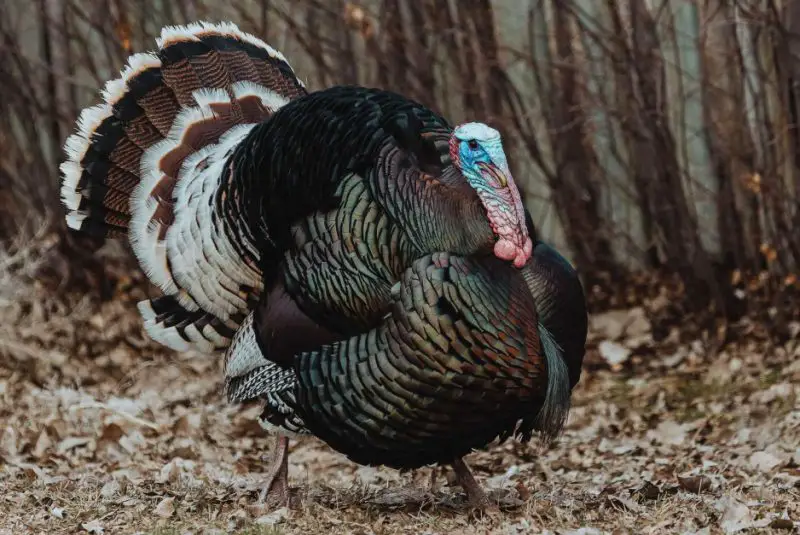
Characteristics and Appearance
The Merriam’s Wild Turkey is the rarest of the three subspecies found in Texas. It is recognized by its pale, nearly white tail feathers with thin black bands and a bluish or purplish iridescence over the body.
This bird is slightly smaller than the Rio Grande turkey, with males weighing around 16 to 18 pounds. The combination of white-tipped tail feathers and violet-toned sheen makes it one of the most visually striking wild turkeys in North America.
Habitat and Range in Texas
Merriam’s Wild Turkeys are limited to the far western region of Texas, particularly in the Guadalupe Mountains and Davis Mountains. They inhabit high-elevation pine and oak forests where temperatures are cooler and the terrain is rugged.
Because suitable habitat is scarce in Texas, Merriam’s populations remain small and localized. Most sightings occur near the New Mexico border, where they share habitat with other mountain wildlife such as mule deer and black bears.
Behavior and Identification Tips
Merriam’s Wild Turkeys are more reclusive than the other subspecies and prefer mountainous terrain. They are agile climbers, often using steep slopes and cliffs for protection. Their diet consists of pine nuts, acorns, seeds, and insects.
The pale tail bands and lighter plumage are the best identification traits. Their gobble is higher pitched than that of the Rio Grande subspecies. Observing one in West Texas is considered a special experience for birders and photographers due to their remote habitat and small population.
Comparison of the Three Texas Wild Turkey Subspecies
To quickly distinguish among them, the following traits are helpful:
Subspecies |
Range in Texas |
Plumage |
Tail Color |
Habitat Preference |
|---|---|---|---|---|
Eastern Wild Turkey |
East Texas |
Dark bronze, coppery |
Chestnut brown |
Forests and hardwood bottoms |
Rio Grande Wild Turkey |
Central, South, and West Texas |
Light golden, buff |
Tan or light buff |
Brushy rangelands, open savannas |
Merriam’s Wild Turkey |
Far West Texas (Trans-Pecos) |
Bluish iridescent |
White or cream |
Mountain pine and oak forests |
Where to See Wild Turkeys in Texas
Texas offers excellent opportunities to observe wild turkeys in natural settings. Eastern Wild Turkeys are most common in Davy Crockett National Forest and Sam Houston National Forest, especially during early spring mornings. Rio Grande Wild Turkeys are widespread across Llano County, Bandera County, and South Texas ranchlands, including parks like Garner State Park. Merriam’s Wild Turkeys can be found in Guadalupe Mountains National Park and Davis Mountains State Park, typically along forest edges at dawn.
Spring, particularly from March through May, is the best time for turkey watching because males are active and vocal. In fall and winter, larger flocks can be seen feeding in open meadows and along creek beds.
Behavior and Ecology Across Texas
Wild turkeys are vital components of Texas ecosystems. They help disperse seeds, control insect populations, and provide food for predators such as bobcats, coyotes, and raptors. These birds are social and intelligent, forming large flocks outside the breeding season.
They communicate with a range of vocalizations including gobbles, yelps, clucks, and purrs. Turkeys spend much of the day foraging on the ground and roost at night in tall trees for safety. Their alertness and keen eyesight make them challenging subjects for hunters and wildlife photographers alike.
Conservation and Management
In the early 1900s, wild turkey numbers in Texas dropped dramatically due to deforestation and unregulated hunting. Since then, major restoration projects by the Texas Parks and Wildlife Department have revived populations of all three subspecies.
The Eastern Wild Turkey Restoration Program, which began in the 1970s, reintroduced thousands of birds to suitable habitats in East Texas. Sustainable hunting seasons and science-based management continue to ensure their long-term survival. Conservation partnerships with landowners also play a crucial role in maintaining healthy turkey populations across private lands.
Tips for Observing and Photographing Wild Turkeys in Texas
Observing wild turkeys in their natural habitats requires patience, quiet movements, and an understanding of their daily patterns. The best time to see these birds is early in the morning when they are most active and vocal, especially during the spring months when males are calling from their roosts. At this time, the air is calm, light is soft, and the chance to witness displays and hear gobbles increases greatly.
Remaining still and quiet is essential, as wild turkeys have exceptional eyesight and can detect movement from long distances. Use natural cover such as brush, trees, or terrain features to blend into the environment without disturbing them. Listening carefully for their gobbles, clucks, or soft purrs can help you locate a flock before it comes into view, allowing you to position yourself for a better observation or photograph.
It is also important to avoid approaching nesting hens during spring, as they often hide in ground-level vegetation to protect their eggs. Disturbing them can cause nest abandonment. For the most rewarding experience, plan visits during the breeding season from March to May, when males are displaying, strutting, and fanning their tail feathers in open areas. These moments offer some of the most striking opportunities for wildlife photography in Texas.
FAQs about Wild Turkeys in Texas
Are wild turkeys native to Texas?
Yes. Wild turkeys are native to North America and have lived in Texas for thousands of years. Each subspecies naturally occupies different ecological zones within the state.
Can wild turkeys fly?
Yes. Wild turkeys can fly short distances at speeds up to 55 miles per hour, mainly to escape predators or reach their roosting trees.
What do wild turkeys eat in Texas?
They feed on acorns, seeds, grasses, fruits, and insects. Their diet changes throughout the year based on food availability.
When is turkey hunting season in Texas?
Turkey hunting seasons vary by region and subspecies, typically during spring and fall. Hunters should always check the most recent regulations provided by the Texas Parks and Wildlife Department.
Which subspecies is easiest to find?
The Rio Grande Wild Turkey is the most abundant and widespread across Texas, making it the easiest type to observe.
Final Thoughts
From the dense pine forests of East Texas to the mountain slopes of the Trans-Pecos, Texas hosts three remarkable wild turkey subspecies. Each bird reflects a unique story of adaptation and survival. The Eastern Wild Turkey thrives in shaded forests, the Rio Grande flourishes in open plains, and the Merriam’s endures in high mountain habitats.
Together they showcase the incredible diversity of Texas wildlife. Whether you are a birder, a nature enthusiast, or a photographer, encountering these magnificent birds in their natural surroundings offers one of the most rewarding outdoor experiences in the Lone Star State.

